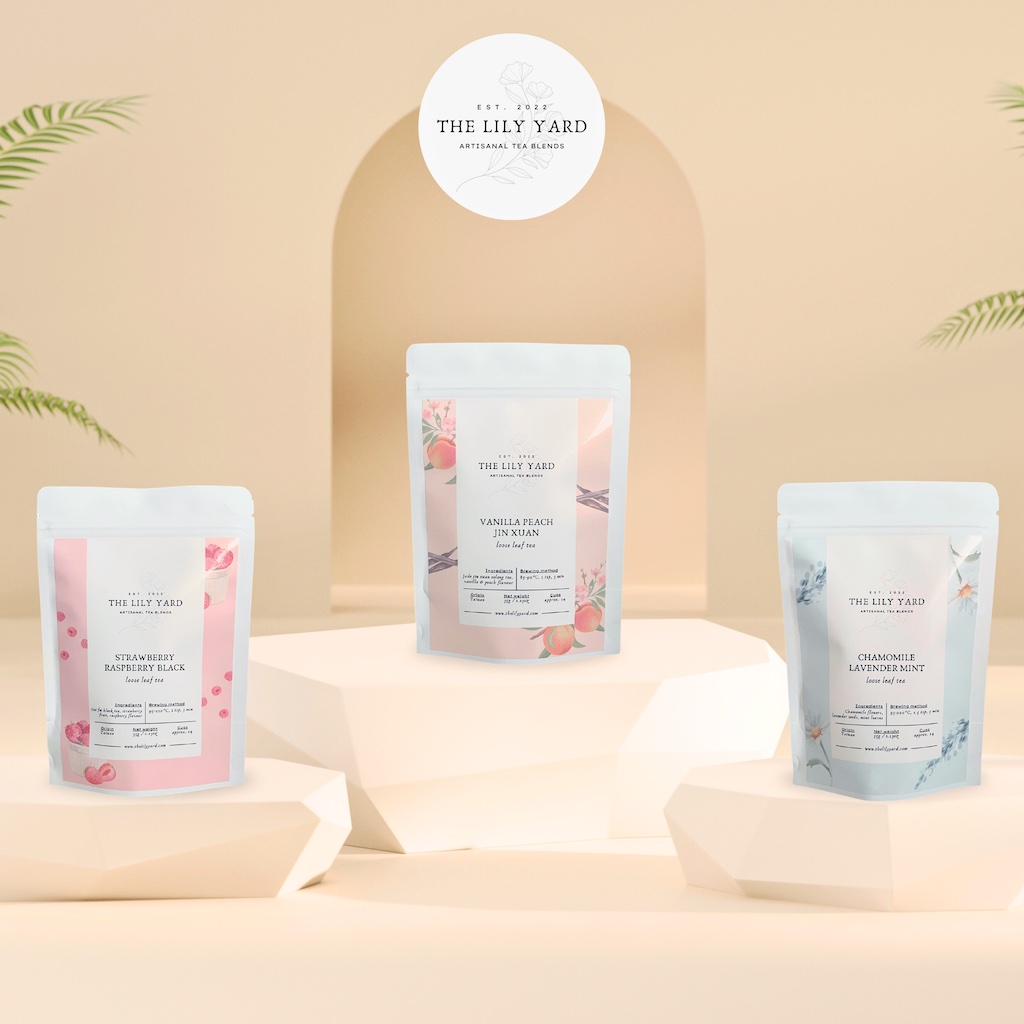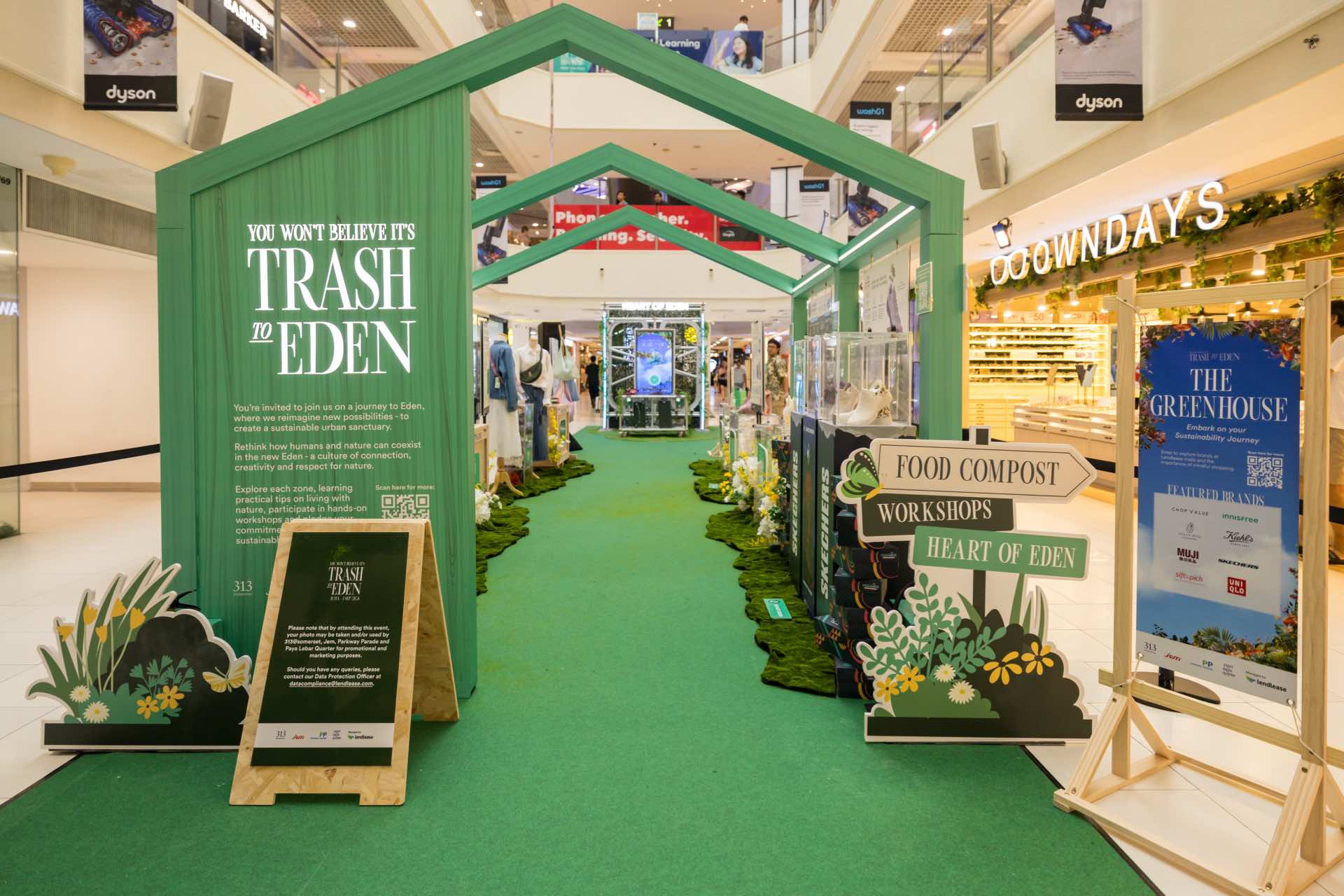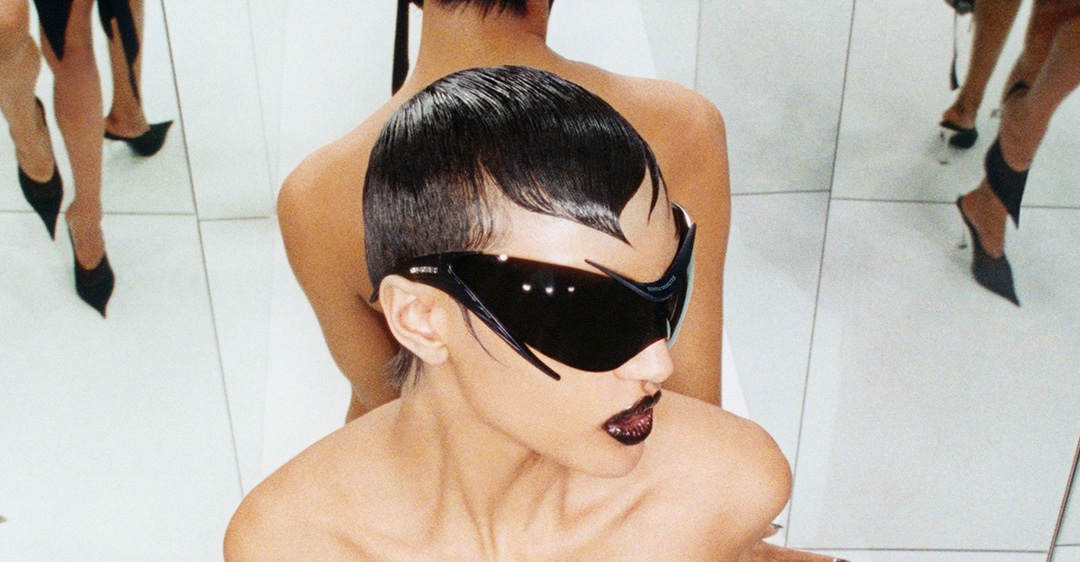When the going gets tough, the tough go pop-up. If you’ve been out and about recently, you’ll have noticed more and more pop-up concept stores and spaces sprouting all town over—we have retail (the latest being the Marni Autumn/Winter collection boutique at Forum The Shopping Mall and Al & Alicia at Wisma Atria), alcohol (the Asahi pop-up bar at three different locations on three consecutive Fridays), a ping pong bar (Camp Pong last June) and even ice-cream (the Magnum party launch at Meritus Mandarin), with quite a few more in the pipeline. There’s no questions that pop-ups are huge these days.
Gimmicky? Perhaps. After all, the pop-up concept is based on the idea of the highly elusive and temporary—they appear out of the blue in the most unexpected of places and disappear weeks (or in some cases, days or hours) later, creating a sense of exclusivity and intrigue. Some are even used as mini stores during the day and as a spot for small events or cocktail parties during the evenings, like Singtel’s three-story tri-stack bar stand during the F1 race last year.
“Pop-up does not simply refer to a ‘fad’, but to the fast and eco-friendly way of setting up shop,” says Sam Vedanaigam, founder and managing director of The Shelter Company, which specializes in the set-up and conceptualization of pop-up stores here, including that Singtel project. “This business model is great for testing out new products, launching new business concepts and hitting the market quickly and effectively. It is also a great way for retailers that don’t have a brick-and-mortar shop to create more awareness and attract more clientele.”
The city’s love affair with the pop-up concept can be traced back to 2004 when the first Comme des Garçons Guerilla Store opened in a nondescript shophouse in Chinatown, offering past season and limited edition fashion products and exclusive ready-to-wear collections for a limited period of just one year. The concept was such a huge success that it spawned numerous re-editions over the next three years, opening in unexpected venues and neighborhoods each time like Haji Lane and Redhill. More than anything else, it managed to tread the fine line between commercial and artistic viability, and has inspired numerous (welcome) copycats over the years. And while, cultural caché is clearly and important element, the opportunity to reach a captive audience is another.
See also: Charting Singapore’s most interesting and influential pop-up moments
Jo Soh, founder and designer of successful local fashion label Hansel, who has initiated two pop-up concept stores here since 2009, testifies: “Pop-up stores allow you to test the market with less risk,” she says. “It also allows the designer to have first hand interaction with consumers so that you can get real feedback. Nothing beats a physical presence for people to notice a brand, especially in an unusual setting, so it’s also a PR and brand awareness generating machine.”
Jason Tong, founder of local indie eyewear label Mystic Vintage, who will be helming his first pop-up store at the end of the month in conjunction with lifestyle store A Curious Teepee and fashion label See You Tomorrow, agrees: “A pop-up store gives us little brands the opportunity to shine,” he says. “We have no capacity to have our own shop and participating in one gives us the space and focus. The exercise is very good for exposure through the shop’s channels and a good excuse for us to write to the media too. As a result of that, I’m sure more sales will follow.”
The pop-up concept is, then, seems to be the way to go for our modern economy: Surprising consumers with temporary “performances”—thus guaranteeing exclusivity—is just about perfect for the contemporary shopper with a short attention span and the need to be constantly engaged, exited and surprised. It’s a win-win proposition for both retailers/organizers and consumers. “Twenty or even 10 years ago pop-up shops wouldn’t have worked for smaller businesses as it was more expensive to advertise and took so much longer to get your message out,” says Andria Hutchins, who will set up the Revolution Pop Up store this weekend at a private residential unit near Orchard Road offering vintage and secondhand designer clothing at affordable prices. “Today, small operators on low budgets can now communicate to their potential markets at very low cost and within very short time frames. Those who are staging a short-term retail event can direct their messages to a precise target market for no or low cost in an instant. Who knows what will pop up next?”
PLUS: Three easy steps to your own pop-up space.
I-S Asks: What’s the most ridiculous pop-up concept you can think of?
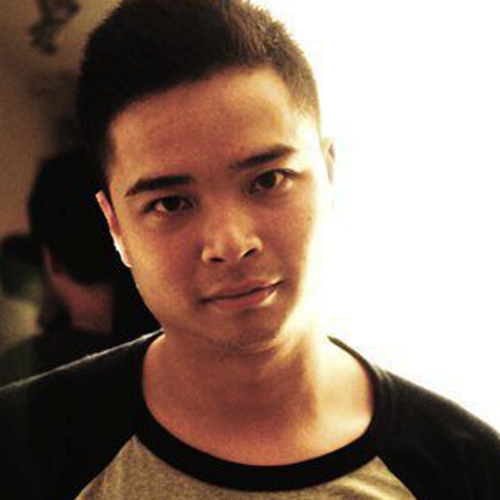
Gregory Yeap, 26
One selling babies or organs.
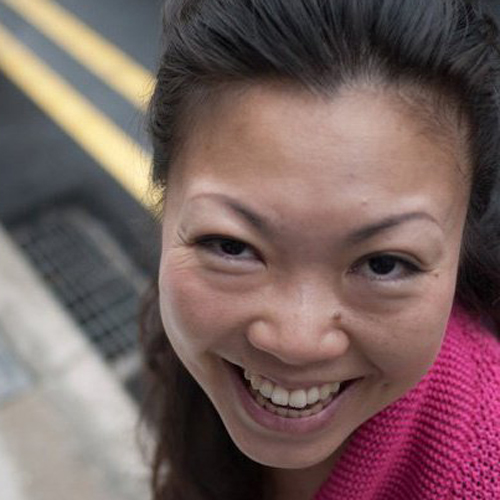
Karen Young, 35
One selling bras. What are you going to do, try them on there on the street? Or one with botox service and slimming wraps.

Charmaine Seah, 28
One for eyelash extensions and five-minute facelift services, or a pop-up KTV room.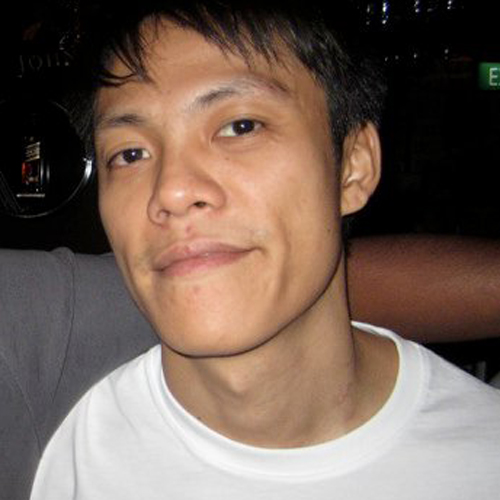
Derek Christopher, 28
Aren’t pop-ups like flea markets version 2.0? I think those selling facial or health products are ridiculous.


